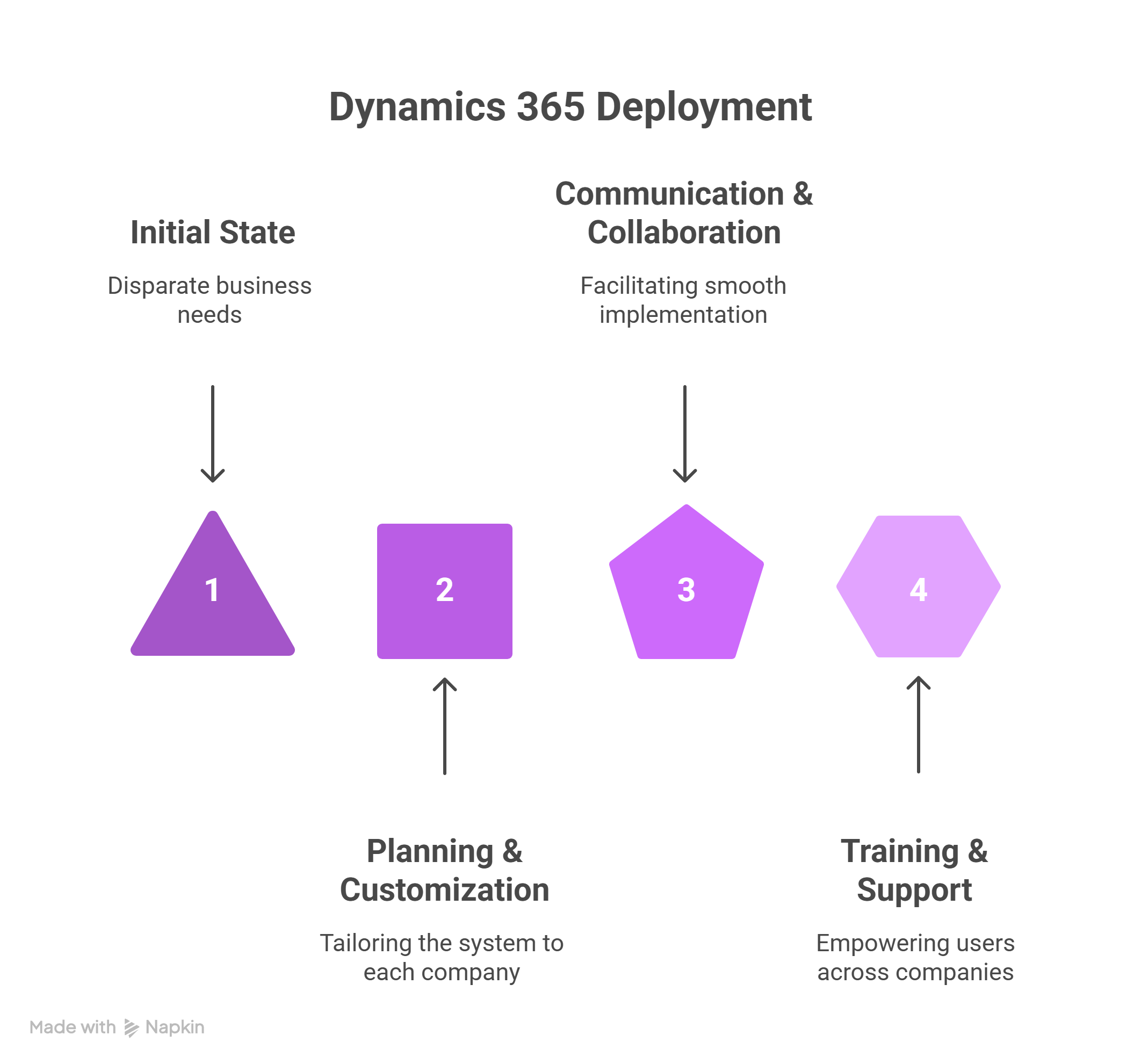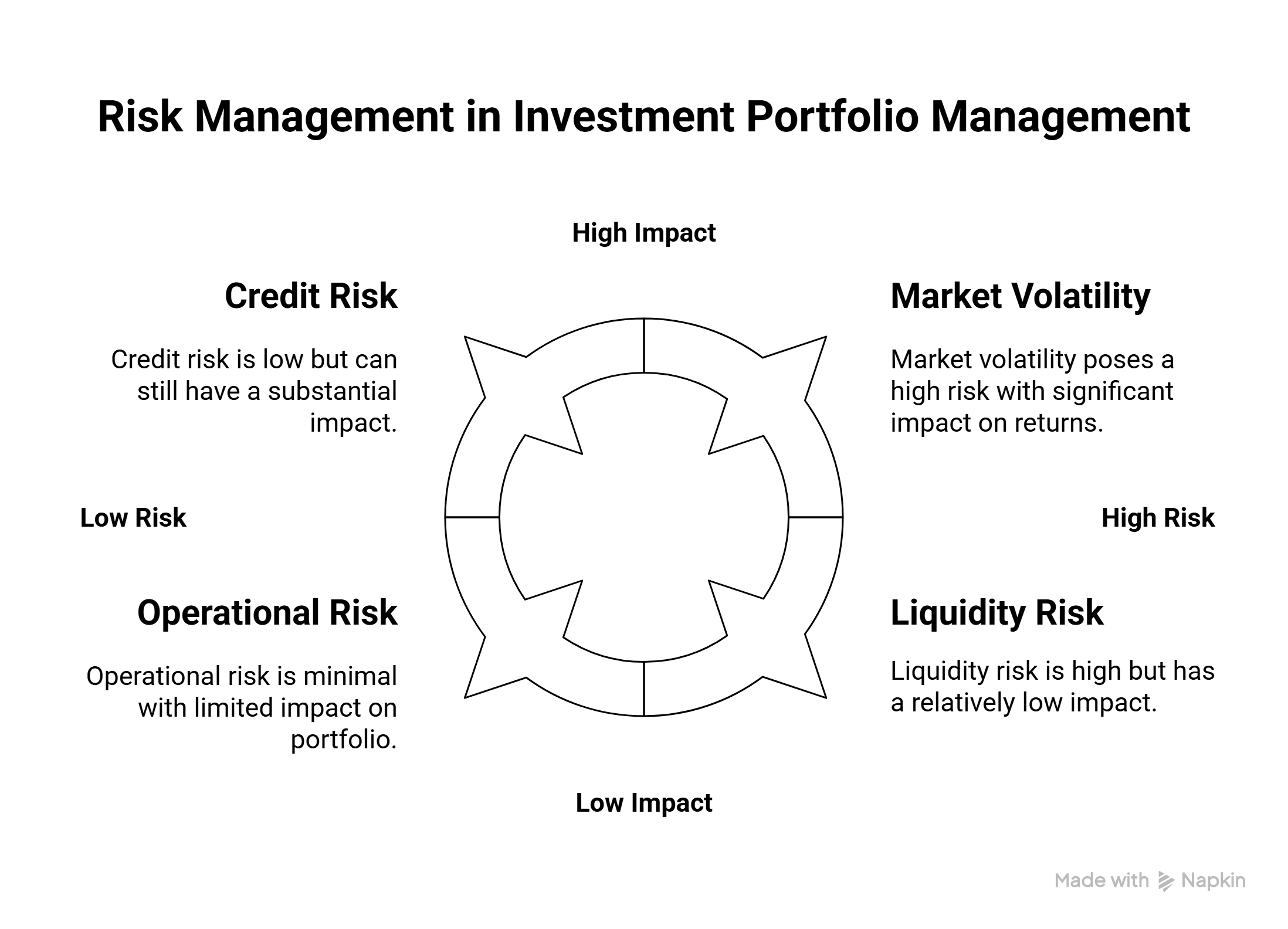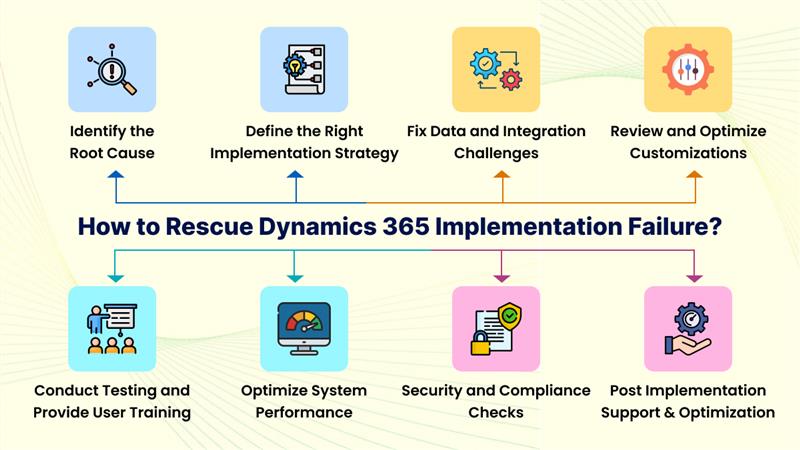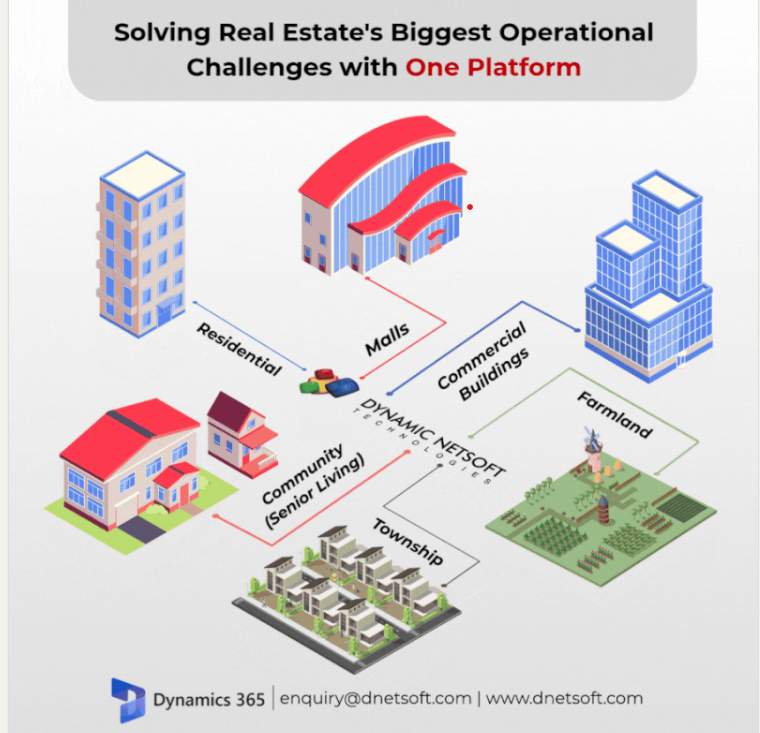Why Most ERP Implementations Fail — And How Microsoft Got It Right
Enterprise Resource Planning (ERP) systems promise streamlined operations, improved productivity, and real-time insights. Yet, despite the technological advancements and promises, many ERP implementations fail—either partially or completely. Common reasons include poor planning, lack of stakeholder buy-in, misalignment with business needs, and resistance to change. But amidst the stories of failed rollouts and budget overruns, Microsoft stands out with its successful execution of Microsoft Dynamics 365 Implementation across industries.
So, what makes Microsoft different? Why do so many companies struggle with ERP, while Microsoft consistently sets a standard for how it should be done?
Let’s explore the reasons why ERP implementations often go wrong—and how Microsoft has created a model that works.
Why ERP Implementations Fail
1. Lack of Clear Objectives
Most ERP failures begin with unclear goals. Many organizations rush into implementation without mapping out what success actually looks like. They don’t define KPIs, timelines, or business-specific goals. As a result, the ERP system turns into a disjointed tool that nobody fully understands or uses correctly.
2. Poor Change Management
People are at the heart of any successful implementation. If your teams are not trained, involved, or willing to adopt the system, the ERP will remain underutilized. Many companies fail to create a proper change management strategy—leaving users confused, frustrated, and ultimately resistant.
3. Customization Overload
While customization can be beneficial, too much of it makes the system overly complex. Many ERP vendors promise “tailored solutions,” but excessive tweaks can slow down the system, increase costs, and make future upgrades a nightmare.
4. Integration Nightmares
A robust ERP system must integrate smoothly with existing tools—CRMs, HR platforms, finance software, and more. When integration fails or becomes overly complex, it breaks the flow of data and slows down operations.
5. Insufficient Testing and Training
Some companies cut corners on testing and employee training to save time or costs. But skipping this phase leads to functional issues post-launch and confusion among end-users.
How Microsoft Got It Right
Microsoft, with its flagship solution Dynamics 365, managed to flip the script. The success of Microsoft Dynamics 365 Implementation lies in its strategic approach and modular design. Here’s how Microsoft sets the gold standard:
1. Modular and Scalable Architecture
Dynamics 365 is modular—meaning businesses can adopt only the components they need (like Finance, Sales, or Supply Chain) and scale later as they grow. This flexibility reduces upfront investment and ensures a smoother implementation.
2. Built-In Integration
Unlike legacy ERP systems, Dynamics 365 seamlessly integrates with other Microsoft tools like Azure, Microsoft 365, Power BI, and Teams. This allows users to work in a familiar environment and ensures real-time data sharing between systems.
3. Focus on User Adoption
Microsoft emphasizes user training and adoption from day one. Through guided learning paths, role-based access, and intuitive design, Dynamics 365 ensures employees feel confident and empowered—not overwhelmed.
4. Cloud-First, AI-Driven
Being cloud-native, Dynamics 365 offers automatic updates, lower infrastructure costs, and remote accessibility. Its embedded AI and analytics tools provide predictive insights, automate repetitive tasks, and help businesses make smarter decisions.
5. Proven Partner Ecosystem
Microsoft doesn’t do it alone. The success of its implementations also lies in its certified partners who follow a standardized yet flexible methodology. This ensures quality, consistency, and industry-specific solutions tailored to each business.
Real-World Impact
Consider a manufacturing company struggling with siloed systems and inconsistent reporting. By adopting Microsoft Dynamics 365 Implementation, they unified their supply chain, finance, and production into a single platform. With real-time dashboards, automated workflows, and predictive analytics, the company not only improved productivity but also reduced operational costs by 25% within a year.
Or take a retail business managing multiple stores and e-commerce operations. Dynamics 365 helped them integrate inventory, customer data, and sales reporting into one dashboard—improving customer satisfaction and enabling data-driven marketing campaigns.
These are not isolated cases. Microsoft Dynamics 365 has delivered measurable improvements for companies across healthcare, finance, manufacturing, and professional services.
Final Thoughts
ERP implementation is a marathon—not a sprint. It requires vision, planning, change management, and the right technology partner. The reason many implementations fail is not the software itself, but the way it’s deployed.
Microsoft’s success with Dynamics 365 is not accidental. It’s the result of a carefully designed platform that prioritizes flexibility, integration, user adoption, and continuous innovation. Whether you’re a small business or a large enterprise, choosing the right approach—like Microsoft Dynamics 365 Implementation—can make all the difference.







![What’s New in Dynamics 365 Implementation? [2025 Update Overview]](https://indibloghub.com/public/images/courses/686d1a9112af2552_1751980689.jpg)
